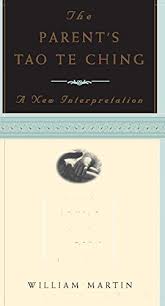In 2018, I had taken a goal to read 24 books at an average of two books a month. I was able to finish 21 and I was very happy with that achievement, as it was my highest ever tally in a year. I was also able to write the reviews for all the books I read in 2018 on this very blog.
In 2019, I again took a goal to read 24 books. While I didn't achieve the goal this year too, I am happy to report that I have bettered my tally over last year. I was able to finish 22 books this year. Sadly though, I have so far posted reviews of only 15 books on this blog. Hope to cover this shortfall in January' 20. Interestingly, I had taken few sub-goals as well - Like reading a book in my mother tongue, Punjabi and read at least two classics. I achieved these reading goals too in 2019 :-)
Following are some of the things that helped me achieve my reading goals:
1. I had a dedicated time slot of 20-30 minutes daily for reading. An average book of around 300 pages can thus be finished in 15 days. Two books a month is great. Gift these 20-30 minutes daily to yourself.
2. Buy more books than you can read. Also make it known to people that you like books as gifts. When you are surrounded by books, you feel compelled to pick one up. This can be the best investment you can make for yourself.
3. Mix it up - fiction, non fiction, work related, fun related, subjects that interest you and the ones that don't interest you. Just keep reading whatever keeps your boat rocking. This will help you beat the reading block.
4. Join a book club or a library. You will meet avid readers who inspire you to read more and give you amazing recommendations.
5. Carry a book with you always. Sometimes, when I go slow on reading and my colleagues keep seeing the same book with me for a long period, I feel awkward. This pushes me to avoid distractions and read on.
I started off with reading the books that I loved. But now I love the books that I read. It is a key transition for me.
As the year ends, here are my top recommendations from what I read this year. Look forward to your recommendations too. The hyper-links will take you to the reviews I have posted for these books.
Top Fiction:
The Wind Up Bird Chronicle by Haruki Murakami
Top Non Fiction:
Top Classics:
Raseedi Ticket (The Revenue Stamp) by Amrita Pritam (I read in Punjabi, but English translation available)
Animal Farm by George Orwell
---
The pictures show all the books I read this year. See you in 2020. Happy New Year!!!

































